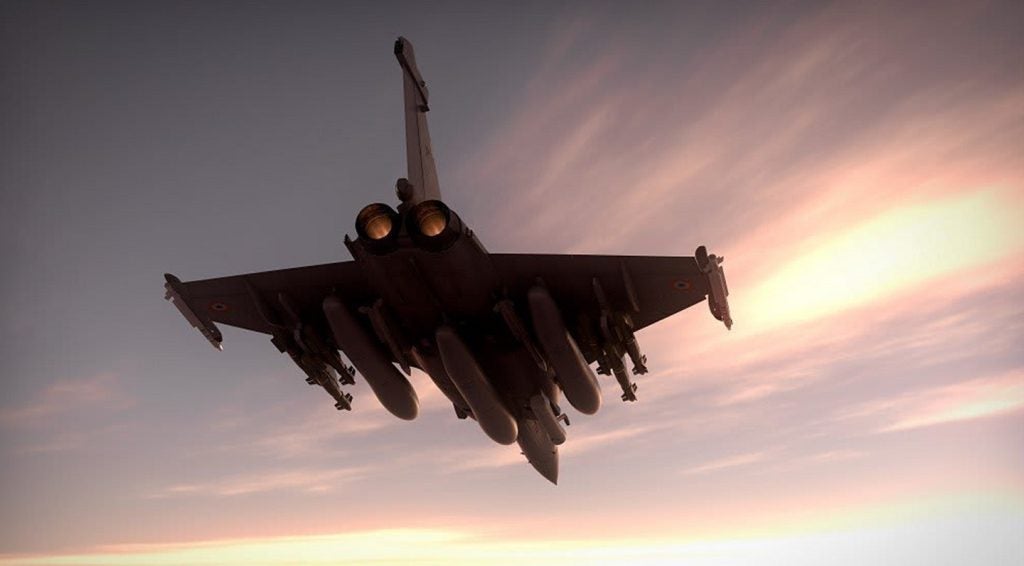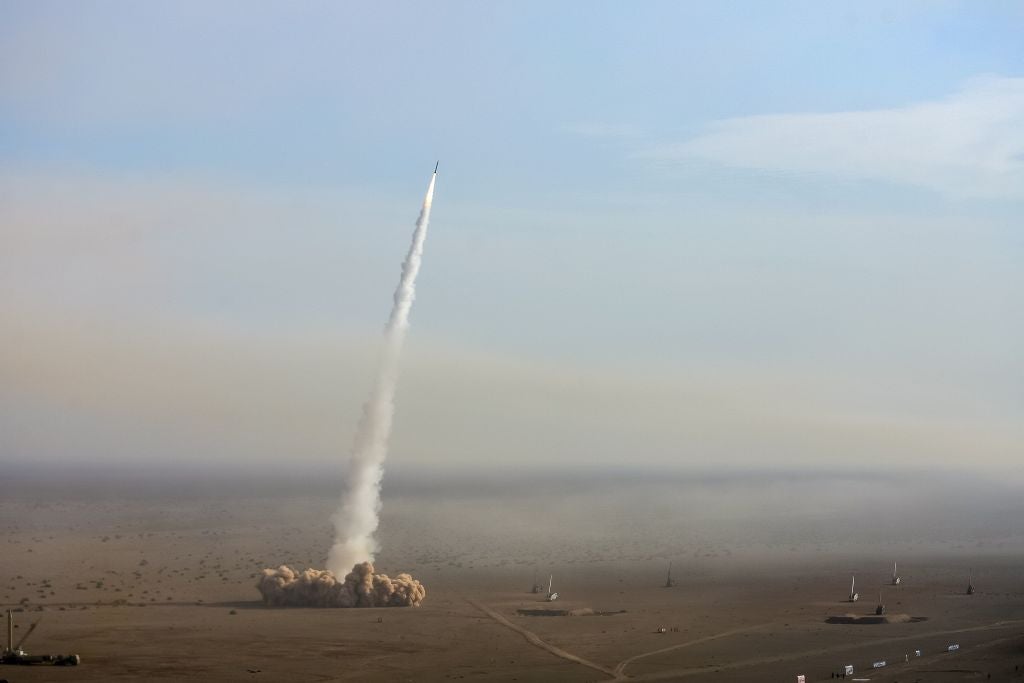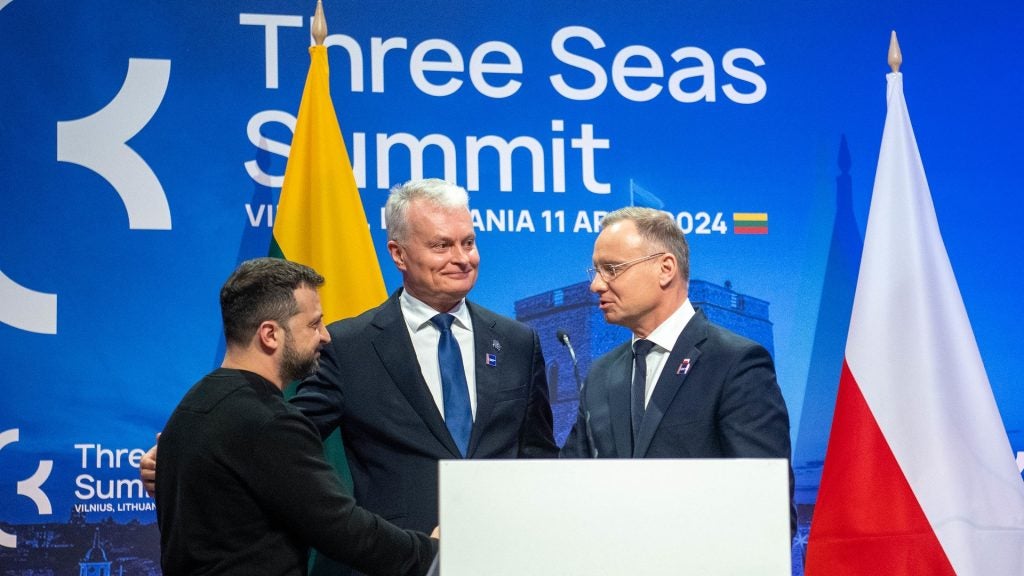The Indian Army’s Strategic Force Command (SFC) has successfully test launched the Prithvi II nuclear capable missile from launch complex III of the integrated test range (ITR) at Chandipur, off the Odisha coast, India, as part of a regular training exercise.
Unnamed defence sources were quoted by Press Trust of India as saying that the missile, which was randomly picked from the production lot, was launched from a mobile launcher in salvo mode under the supervision of scientists from the Defence Research and Development Organisation (DRDO).
Sources said, "The missile trajectory was tracked by DRDO radars, electro-optical tracking systems and telemetry stations located along the coast of Odisha.
"The downrange teams onboard a ship deployed near the designated impact point in Bay of Bengal monitored the terminal events and splashdown."
Commenting on the launch, ITR director MVKV Prasad said, "The mission was a hundred percent success. It met all mission objectives."
Representing the missile’s third launch in the last two months, the latest trial follows the successful test firings by SFC from the same location on 07 and 08 October 2013.
Manufactured indigenously by DRDO under the integrated guided missile development (IGMD) programme, the Prithvi-II is a tactical surface-to-surface short-range ballistic missile (SRBM), designed to accurately intercept targets located at a distance of 350km.
Using an advanced inertial guidance system with manoeuvring trajectory, the 9m-long single stage liquid propelled missile can carry both conventional and nuclear warheads ranging from 500kg to 1,000kg payloads.
Originally developed for use by the Indian Air Force (IAF), the missile entered into operational service with the SFC in 2003.







